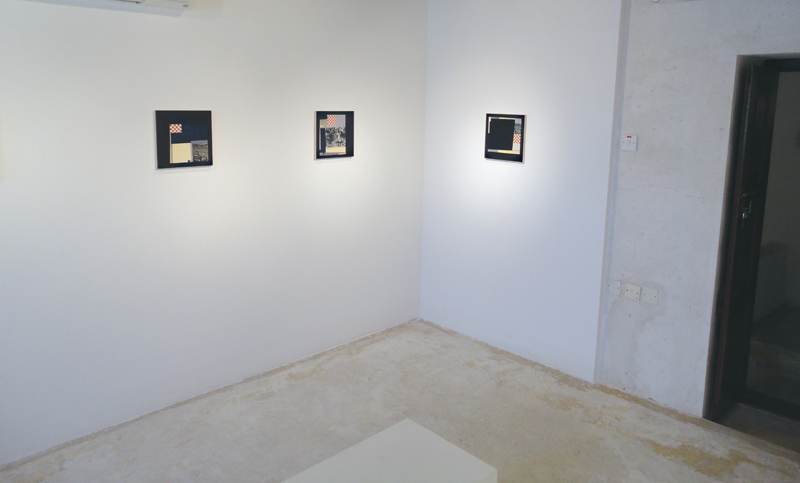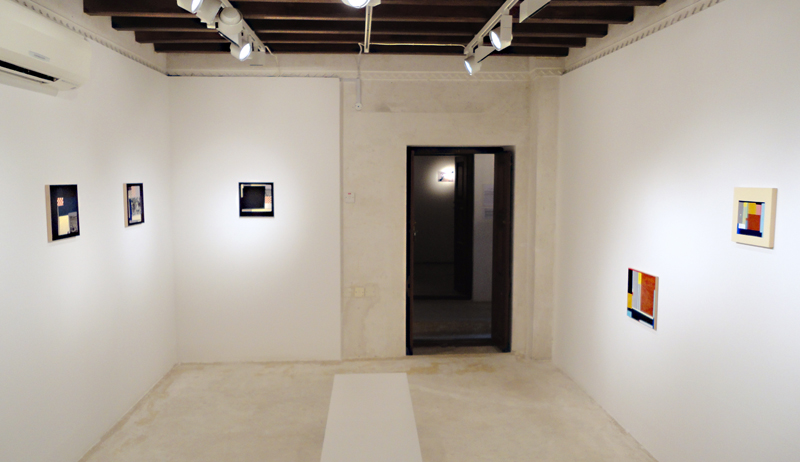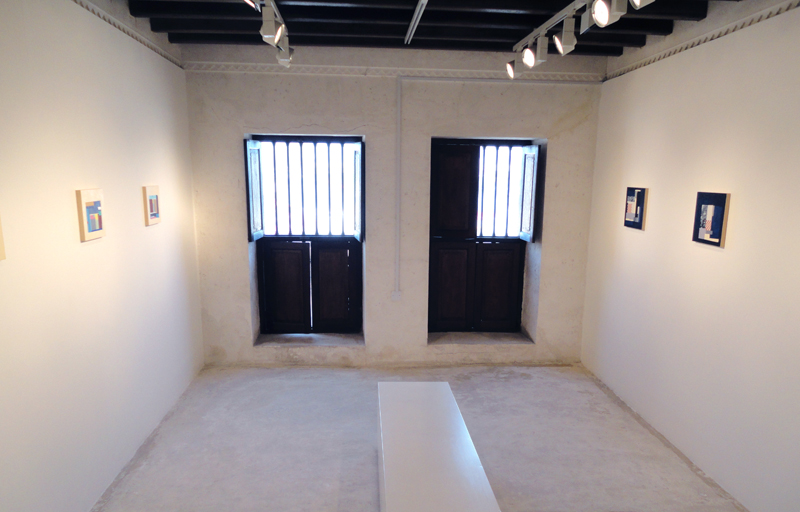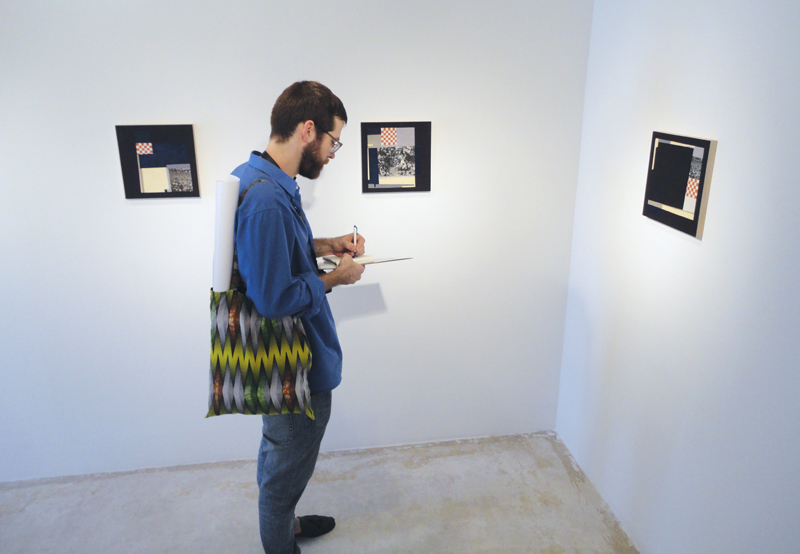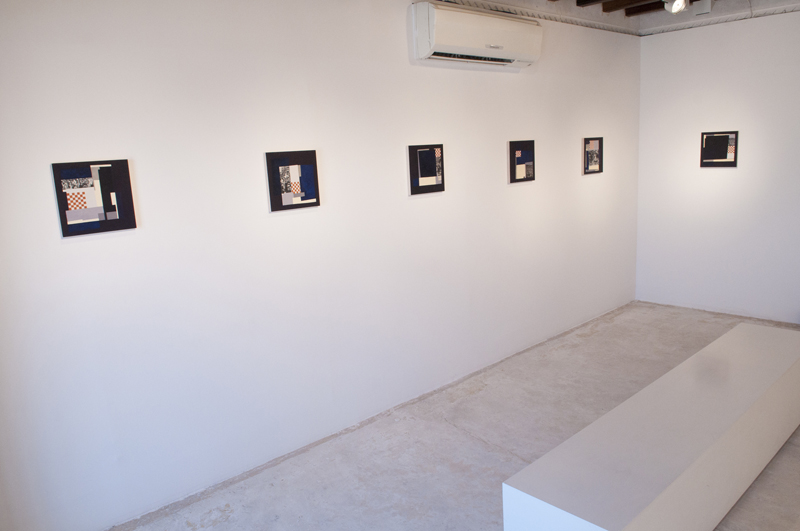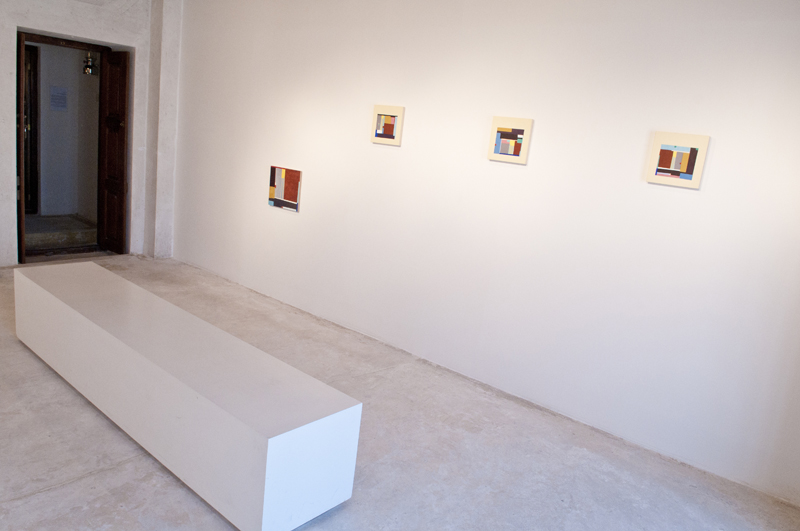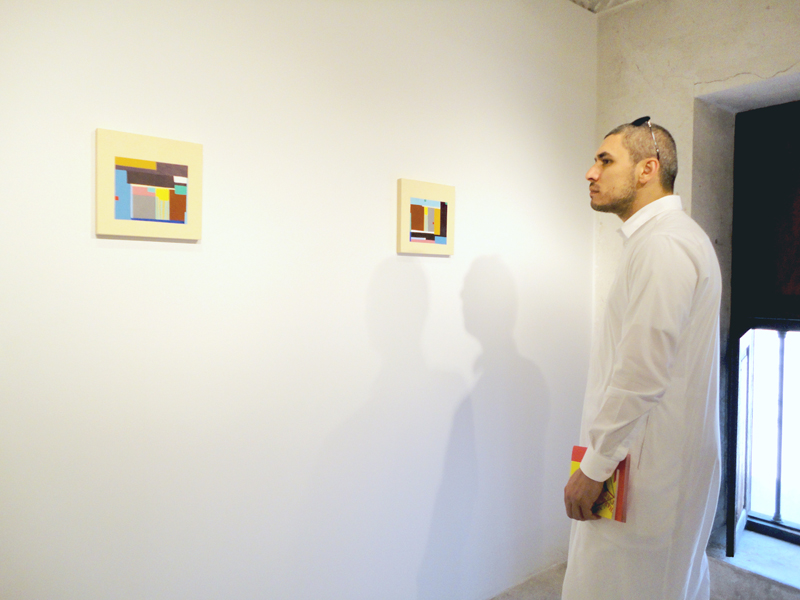Sharjah Biennial 10: Plot for a Biennial. Sharjah, UAE, March 16 – May 16 2011.
Excerpt from the catalogue, Doug Ashford with Lisa Larson-Walker. October 13, 2008
DA: Can I look at the questions?
LLW: Yeah you can look at the questions. I asked these first ones, you know, not as a joke: how does art function politically? What is activist art? What forms of dissent are possible today? And how do artists manifest political perspectives within their art practice? I feel like I figured out what you are going to talk a lot about in your lecture next week.
DA: I would like to look beyond the possible, what’s allowed in the realm of the political to move audiences beyond history, dealing with social facts as part of our imaginations. I know that’s very broad in terms of your first question: “˜How does art function politically?’ But my answer could be: Art always functions politically. All culture happens for a reason, and all the ways that art moves us privately and socially is arranged, not dictated, but arranged through interactions with power. But meanwhile the danger lies in declaring a solely ethical value system for art.
LLW: So the artist as a social activist has become a decorative in relation to its support? Maybe that is why social action becomes formulaic. Can you comment on how institutional support can often be detrimental, possibly because it creates a kind of pattern of acceptable critique which functions only within specific parameters?
DA: I will always defend the beauty of community rebellion and social reorganization that collaboratively expresses the potential of our constituencies: artists, citizens, workers. That problematic image today is that of the artist, supported by institutions, that goes into communities and presents her or himself as a mediagenic figure who can depict, focus or worst of all, empower communities to become represented. Many artists that were invested in community-based art practices in the early nineties saw the relationship between the social and the aesthetic as a terrain of great interest. The fact that our work was instrumentalized and became a servicing tool to uneven urban development and corporate finance perhaps should not have been the revelation that it appeared to be at the time.
LLW: Yes and within that there is the question of the independence of ego from cultural capital perhaps, as in, when someone gets funding, the importance of them being a recognizable name or recognizable marker of progressive political thought. I don’t want to get sensational and say “˜washing away the sins of capitalism’ by making a gesture within the confines of accepted discourse”¦
DA: The idea of the institution as redeemer, or the idea of redemption coming from a figure of power, seems to be growing in the discourse around socially motivated art practices. Group Material was always extremely suspicious of this, because we always thought of ourselves as part of the audience. If you think of yourself as part of the audience, the idea of the redemptive capacity of the artist to save someone else seems a bit absurd. Aesthetic inquiry only produces virtue when it can refuse to be used for an existing idea of “the good”. Many of these formal assumptions remain unexamined for their artistic value or interest, and instead remain anchored in virtue. Meanwhile, forms dealing with affect, desire and other contexts for the positive rupture of subjection are being dismissed as “anti-social”. I am wondering about an art that can help us understand that we’re broken and can’t be ourselves anymore, and that can disenfranchise the self from the world’s expectations.
LLW: So you feel that beauty is a necessary part of social mobilization or even of revolution?
Curated by Suzanne Cotter, Rasha Salti and Haig Aivazian
Biennial 10 website_(link)
Haig Aivazian_(link)

